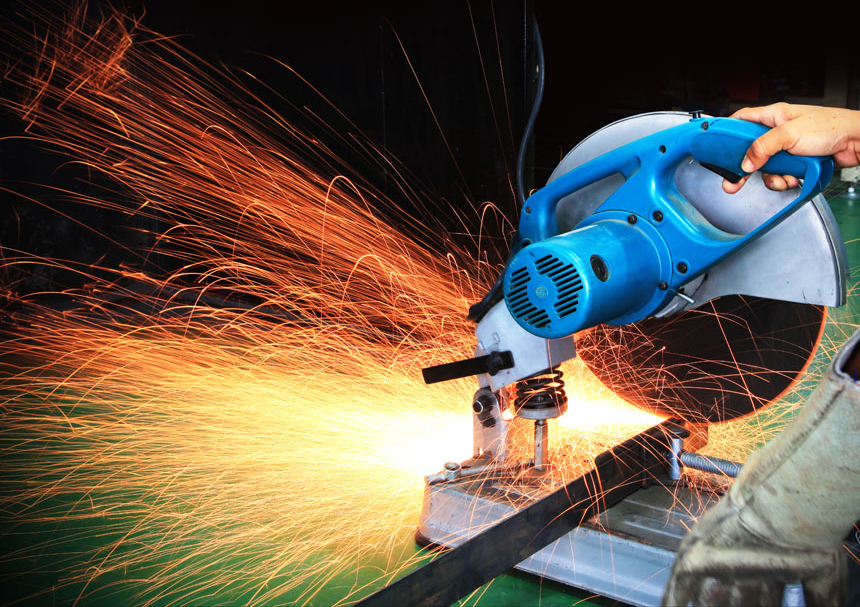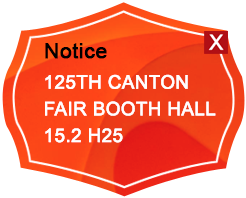Introduction to grinding tool manufacturing and working principle
Introduction to grinding toolmanufacturing and working principleThe abrasive tools can be divided intothree types: compact, medium and loose. Each class can be further subdivided bythe organization number. The larger the size of the grinding tool, the smallerthe volume percentage of the abrasive in the grinding tool, the wider the gapbetween the abrasive particles, indicating the looser the tissue. Conversely,the smaller the organization, the tighter the organization. It is not easy topassivate when the abrasive tool with loose tissue and has less heat during grinding,which can reduce the heat deformation and burn of the work-piece. The abrasiveparticles of the more compact abrasive tools are not easy to fall off, which isconducive to maintaining the geometric shape of the abrasive tools. Thestructure of the abrasive tool is only controlled according to the formula ofthe abrasive tool during manufacture. The super hardabrasive consolidation grinders are mainly composed of diamond, cubic boronnitride and other abrasives. Due to the price of diamond and cubic boronnitride is high, has the very good wear resistance, use them to manufacture theconsolidation of abrasive, unlike ordinary abrasive abrasive consolidation,besides super hard abrasive layer, transition layer and the substrate.
The super hard abrasive layer is thecutting part, which consists of the super hard abrasive and the binder. Thematrix plays a supporting role in grinding and consists of metal, electric woodor ceramic materials. The transition layer is used to connect the substrate tothe super hard abrasive layer, which is composed of a binder and is sometimesomitted. Common adhesives include resin, metal, electroplating metal andceramics.

The manufacturing processes ofconsolidation grinders include: distributing materials, mixing materials,forming, heat treatment, processing and inspection. The manufacturing processvaries with the binder. Ceramic binder grinding tool mainly adopts profilingmethod, the abrasive and binder ratio according to the formula of weight afterweighing, placed inside the mixer mixing, metal mold, forming the abrasiveblank on the pressure. Blank loading again after the drying kiln roasting,sintering temperature is 1300℃or so commonly. When using low melting point burning-outbinder, sintering temperature below 1000℃. According to the specified size and shape precisionprocessing, final inspection of the product.

Resin-bonded abrasive tools are usuallyshaped at room temperature on a pressure machine, but there is also a heatingunder the heating pressure process. Harden in hardened furnace after forming. Phenolic resin as binder, curing temperatureis 180 ~ 200℃. The grindingtool of rubber binding agent is mainly made by mixing materials of roll machineand rolling into thin sheet. Also some with loose material, into the metal moldinner pressure molding machine. In vulcanizing tank after vulcanizationmolding, temperature is 165 ~ 180℃.
The manufacturing process of metal bondabrasive tools includes powder metallurgy method and electroplating method. Inpowder metallurgy, bronze and other materials are used as binding agents. Themixture is formed by hot pressing or pressing at room temperature and then sintered.Using nickel or nickel cobalt alloy as the plating metal, the abrasive isconsolidated on the substrate according to the plating process to make thegrinding tool.
Special types of grinding have sinteredcorundum grinding tools and fiber grinding tools. Sintered corundum grindingtool is made from alumina powder and the right amount of chrome oxide mixing,molding, at about 1800℃sintering. This kind of abrasive tool is compact in structureand has high strength. It is mainly used for the processing of clocks, metersand other parts. Fiber abrasives are made from fiber threads containing oradhering to abrasive materials, Such as nylon which have good elasticity andare mainly used for polishing metal materials and their products.
- Prev: Features of ultra-hard cutting grinding wheel
- Next: None









